Currency Converter
What you Should Know Currency Conversion
A currency converter is software code like the form below that is designed to convert one currency into another in order to check its corresponding value. The code is generally a part of a web site or it forms a mobile app and it is based on current market or bank exchange rates.
In order to convert one currency into another, a user enters an amount of money (e.g. '1000') and chooses the currency he/she wishes to check the monetary value of (e.g. 'US Dollar'). After that, the user selects one, or sometimes several other currencies, he/she would like to see the result in. The application software then calculates and displays the corresponding amount of money.
This calculator provides just a simple conversion rate provided by the user. All is then left are two forms giving a local to foreign exchange rate.
Currency converters usually display a value that is not biased towards buying or selling. This is useful when:
- Estimating the value of goods or services
- Basic accounting and invoicing
- Preparing financial plans and reports
Currency converters aim to maintain real-time information on current market or bank exchange rates, so that the calculated result changes whenever the value of either of the component currencies does. They do so by connecting to a database of current currency exchange rates. The frequency at which currency converters update the exchange rates they use varies: Yahoo currency converter updates its rates every day, while Convert My Money< every hour.
The currency conversion software calculates the rates as decimal point numbers with typically 4 decimals after the comma. Some may calculate the conversion rates with more decimals internally but only 4 are displayed. This is related to precision, software internalization (i18n) and how the international markets work, where most conversions have 4 decimal places, although some currency pairs also have 5. Most currency converters use up to 4.
ROUNDING
Most currency values are rounded due to the floating digits of end values.
The most basic form of rounding is to replace an arbitrary number by an integer. All the following rounding modes are concrete implementations of an abstract single-argument "round()" procedure. These are true functions (with the exception of those that use randomness).
When rounding to a predetermined number of significant digits, the increment m depends on the magnitude of the number to be rounded (or of the rounded result).
The increment m is normally a finite fraction in whatever numeral system is used to represent the numbers. For display to humans, that usually means the decimal numeral system (that is, m is an integer times a power of 10, like 1/1000 or 25/100). For intermediate values stored in digital computers, it often means the binary numeral system (m is an integer times a power of 2).
The abstract single-argument "round()" function that returns an integer from an arbitrary real value has at least a dozen distinct concrete definitions presented in the rounding to integer section. The abstract two-argument "roundToMultiple()" function is formally defined here, but in many cases it is used with the implicit value m = 1 for the increment and then reduces to the equivalent abstract single-argument function, with also the same dozen distinct concrete definitions.
VAT
VAT is a subject where currency exchange rates have to be considered. The amount of VAT is decided by the state as a percentage of the price of the goods or services provided. As its name suggests, value-added tax is designed to tax only the value added by a business on top of the services and goods it can purchase from the market.
To understand what this means, consider a production process (e.g., take-away coffee starting from coffee beans) where products get successively more valuable at each stage of the process. Each VAT-registered company in the chain will charge VAT as a percentage of the selling price, and will reclaim the VAT paid to purchase relevant products and services; the effect is that net VAT is paid on the value added. When an end-consumer makes a purchase subject to VAT—which is not in this case refundable—they are paying VAT for the entire production process (e.g., the purchase of the coffee beans, their transportation, processing, cultivation, etc.), since VAT is always included in the prices.
The VAT collected by the state from each company is the difference between the VAT on sales and the VAT on purchase of goods and services upon which the product depends, i.e., the net value added by the company.
In general, countries that have a VAT system require most businesses to be registered for VAT purposes. VAT registered businesses can be natural persons or legal entities, but countries may have different thresholds or regulations specifying at which turnover levels registration becomes compulsory. VAT-registered businesses are required to add VAT on goods and services that they supply to others (with some exceptions, which vary by country) and account for the VAT to the taxing authority, after deducting the VAT that they paid on the goods and services they acquired from other VAT-registered businesses.




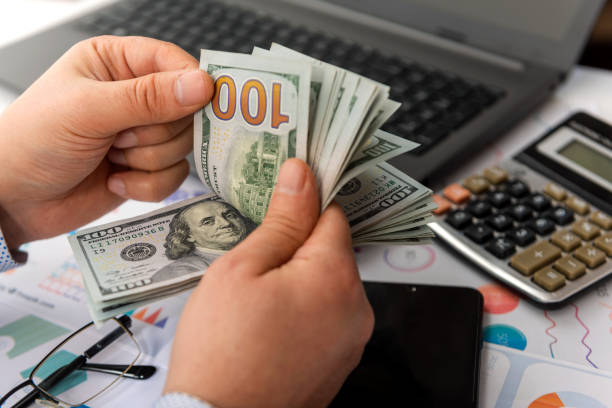
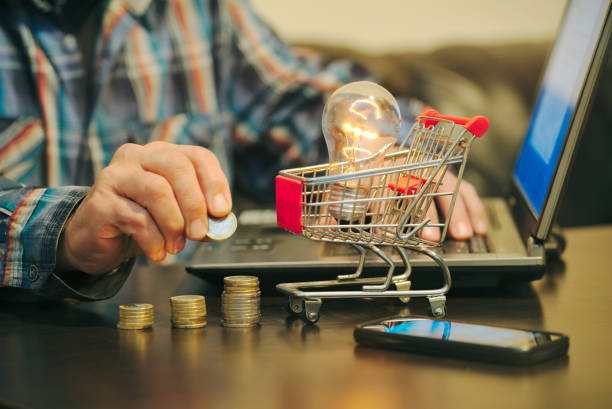
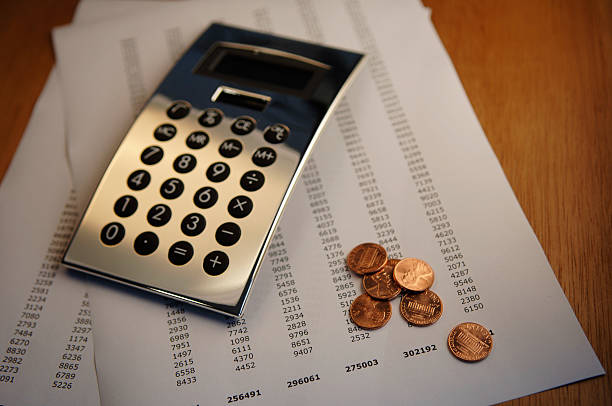

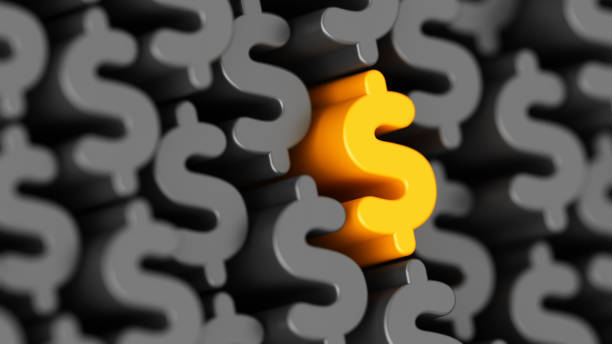


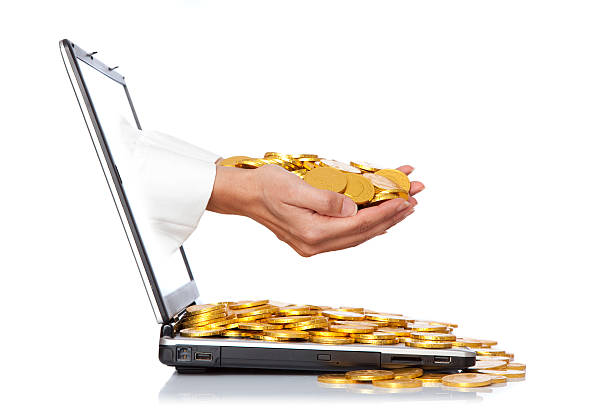
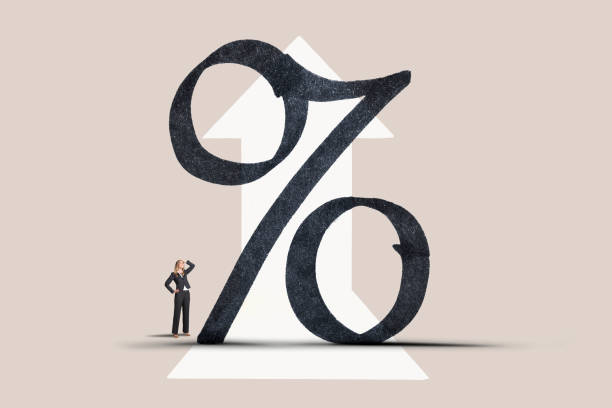



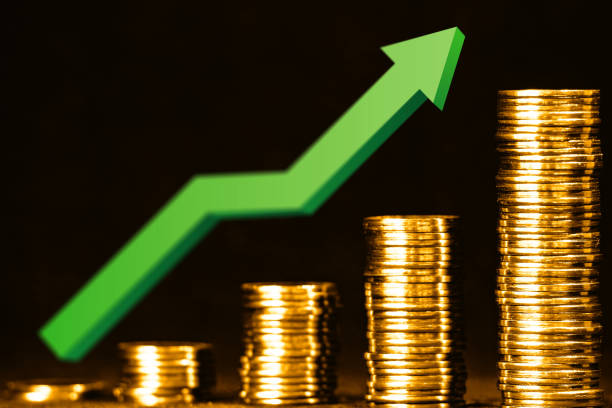
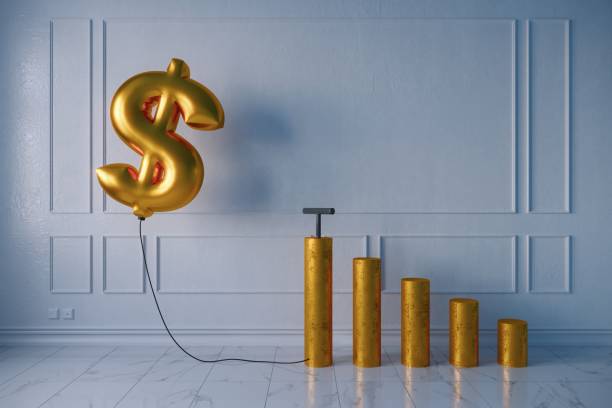
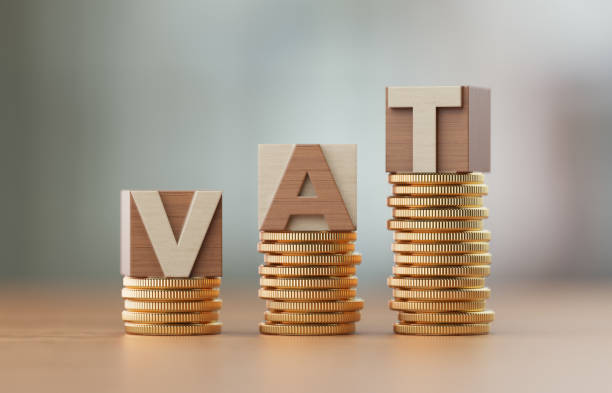
Comments (1)
Olivera G
Nice converter. So easy to use.